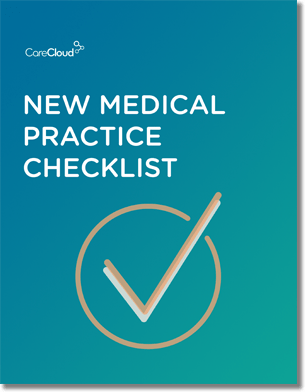Well, the wait is over on Healthcare Reform. The Supreme Court has ruled in favor of the law, calling it constitutional, albeit with some twists. As part of the ruling, states don’t have to expand their various Medicaid programs to 133% of the federal poverty level or lose Medicaid funding, as the law originally planned. The decision removes the penalty, allowing a state to refuse (or “opt out”) of participating in Medicaid expansion.
Thus, it’s possible that there will not be the full 20 million or so individuals added to the states’ Medicaid rolls. The expansion of Medicaid in the law is 100% covered for states by the Federal government through 2016; thereafter, Federal coverage drops to 90%.
As we know, 27 states filed suit against the ACA but there is no doubt that some states, due to budgetary considerations and in effort to adhere to the new law, will move to expand their existing Medicaid programs to accommodate the explosion in coverage. Therein lies the fear many on the administrative side of healthcare have, and the wealth of confusion on how this decision will play out from state to state in the years ahead.
Additionally, the ruling could be viewed as quite a negative development for care providers and medical groups. Since the individual mandate is enforced only through a tax, there will still be a large faction of uninsured individuals – and thus the potential for bad debt. The existence of remaining uninsureds will limit the positive impact of the law, as well as inhibit the dramatically reduced level of debt that would result from having a fully insured population.
It has long been the case that the majority of state-run Medicaid plans are the worst performers in terms of payment structure and administrative burden for doctors compared with commercial payers. This leads me to believe there could be a significant access-to-care issue brewing, regardless of the well-meaning provisions in the law to incentivize medical students to move into primary care. Getting a yearly physical is not the issue here – it’s the administration of chronic-care and wellness programs for these Medicaid patients that will present a major problem for patients and their doctors.
Many of those doctors are specialists, who historically do not like taking a high level of Medicaid-covered patients due to the administrative hassles associated with billing Medicaid or Medicare. This leads to a classic “supply and demand” issue that has not garnered enough attention. Millions and millions of new patients are covered under yet-to-be-determined coverage specifics, but the same number of doctors running their practices as they always have. Efforts to expand the number of physicians in the workforce won’t be felt for years.
Plus, all of these stressors come at a time when medical groups are already feeling the pressure to alter their billing procedures, thanks to ANSI 5010 and the ensuing move to ICD-10 in the coming years.
In MGMA survey results released June 26, medical practice professionals said that managing finances with the uncertainty of Medicare reimbursement rates is the top challenge in running a group practice. Now, just days later, that uncertainty is even greater, as doctors will be subject to payment rates determined by Medicare’s “Independent Payment Advisory Board.” With potentially millions of new individuals joining the ranks of the insured, how could reimbursements from public payers not go down?
All of these developments will make it more critical than ever for doctors to address billing and payment issues proactively by making the right decisions in their practices. Health IT, so far, has been only a small part of healthcare reform, but ensuring a sustainable healthcare future requires that docs adapt to embrace the capabilities of today’s best financial-management technologies. It’s bigger than government mandates and incentives – it’s simply imperative that doctors use modern systems and effective business services to get paid every penny they’re owed for treating patients.
There’s a massive amount of uncertainty circulating regarding the healthcare law, and the best anyone can do is plan ahead for the changes that will take effect in 2014. Placing a greater focus on your administrative operations – on making sure you get paid in full for every encounter with every patient – is as good a start as any.

Do you know what you need when setting up a new medical practice?



